Textured Wall Design: Adding Depth And Dimension To Your Space
- 1 Feb 2025
- By Paras Gandhi
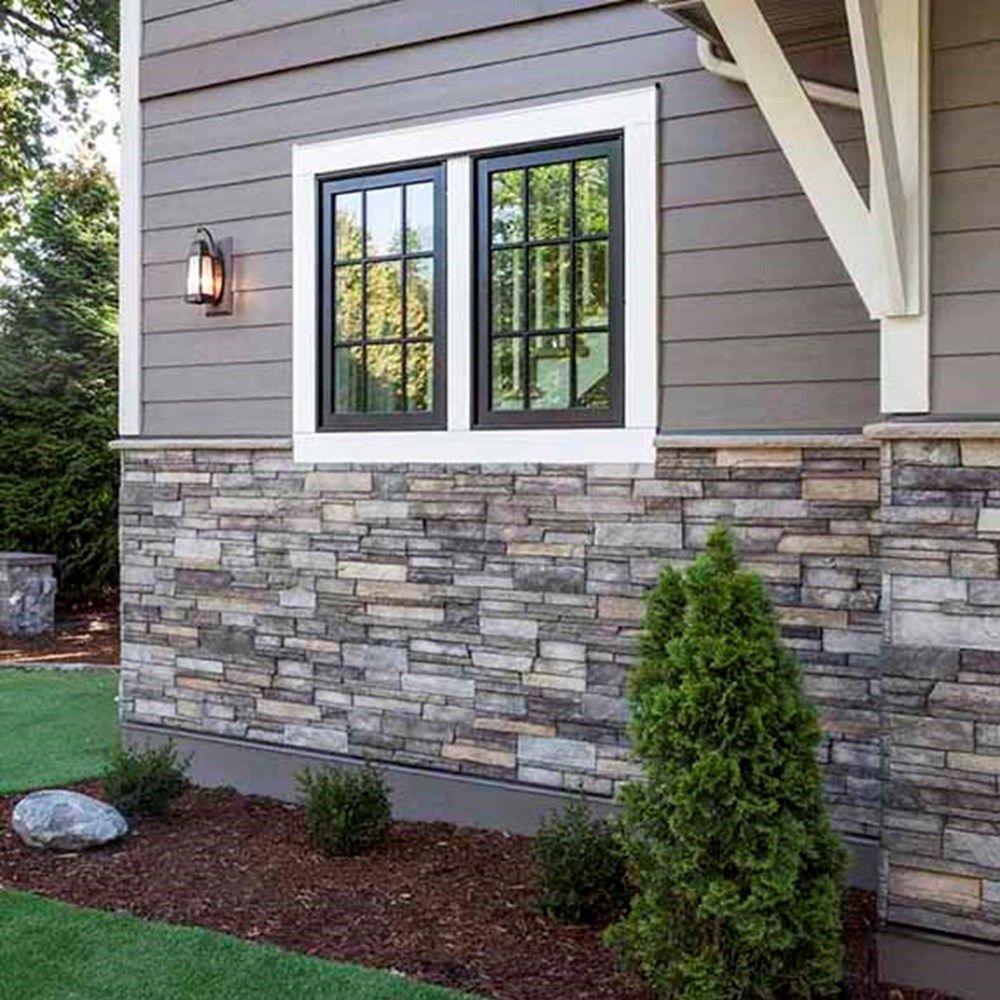
Have you ever walked into a room and been instantly captivated by the walls? It's not just the color or pattern; it's the texture that adds that extra layer of intrigue and depth. Textured wall design is an art form that can transform a bland space into a visually stunning masterpiece. From subtle ripples to bold, dramatic patterns, there's a textured wall design to suit every style and preference.
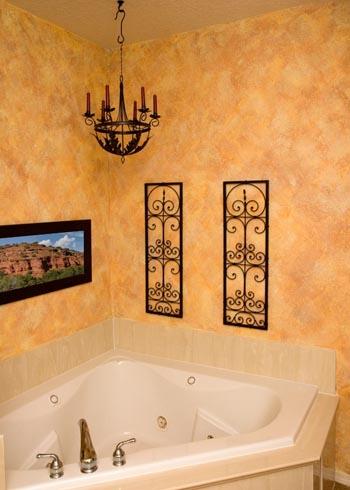
Understanding the Power of Texture
Texture is one of the most powerful design elements. It engages our sense of touch and sight, creating a multi-sensory experience. A textured wall can:
- Add visual interest: Breaking up the monotony of a flat wall, texture creates a focal point and adds dimension.
- Improve acoustics: Textured walls can help absorb sound, reducing echoes and creating a quieter environment.
Create a specific ambiance: The type of texture you choose can influence the mood of a room. For example, a rough, rustic texture can create a cozy atmosphere, while a smooth, polished texture can convey elegance.
.jpeg)
Popular Textured Wall Techniques
There are countless ways to create textured walls, ranging from DIY projects to professional installations. Here are some popular techniques:
- Stucco: This classic technique offers a variety of finishes, from smooth and polished to rough and textured. Stucco walls are durable and can be painted in any color.
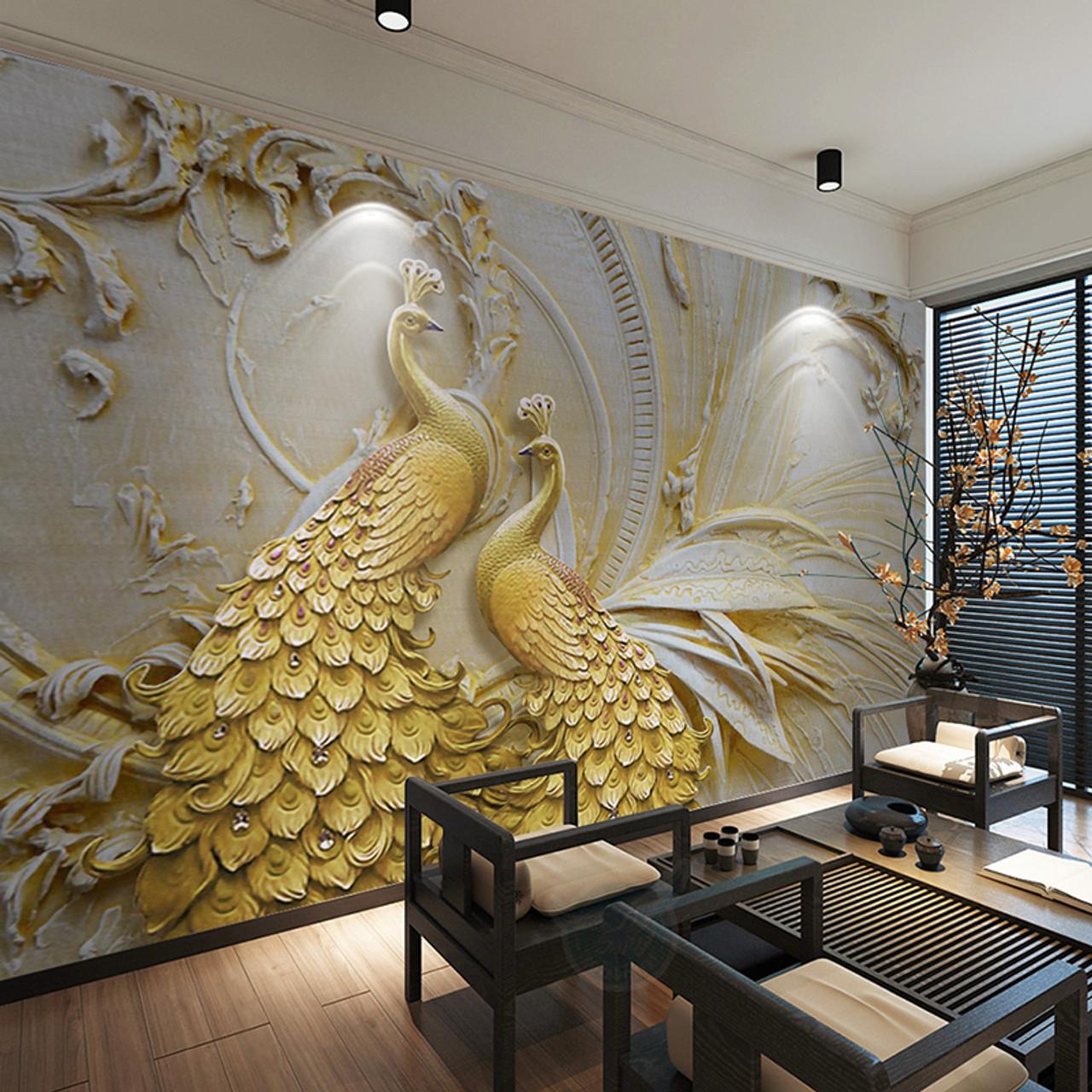
Wallpaper:
With the resurgence of wallpaper, there's a vast array of textured options available. From embossed patterns to natural fibers, wallpaper can add instant texture and style.
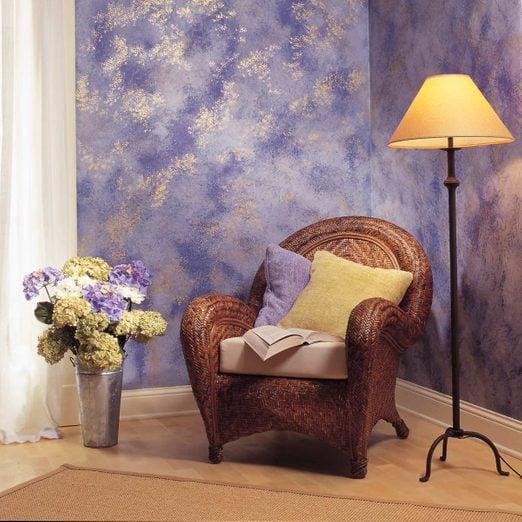
Paint techniques:
You don't need expensive materials to create textured walls. Experiment with different paint application techniques, such as sponging, ragging, or combing, to achieve unique effects.
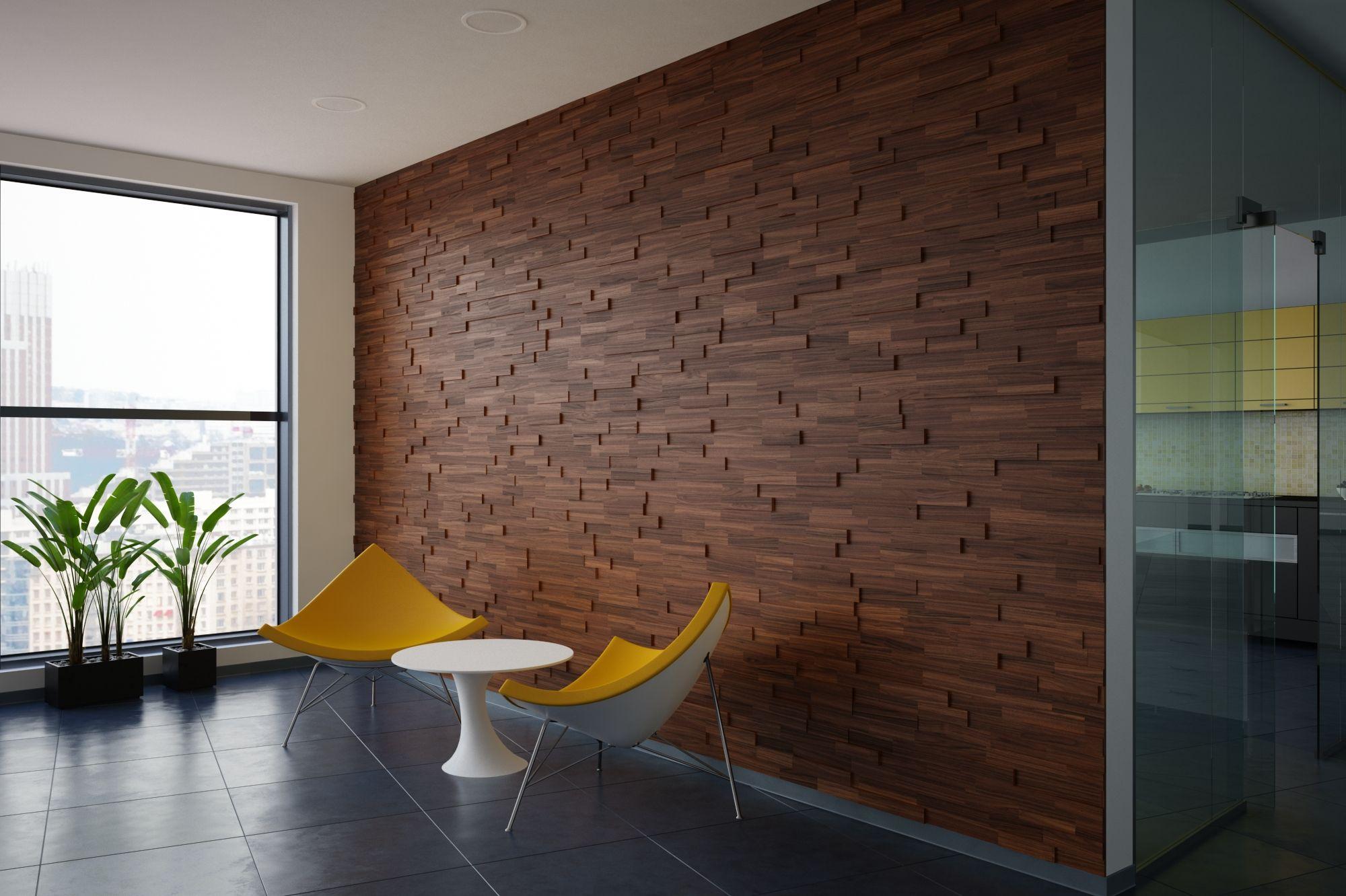
Wood paneling:
For a warm and inviting look, consider wood paneling with varying textures and patterns. This option is particularly suitable for rustic or contemporary styles.
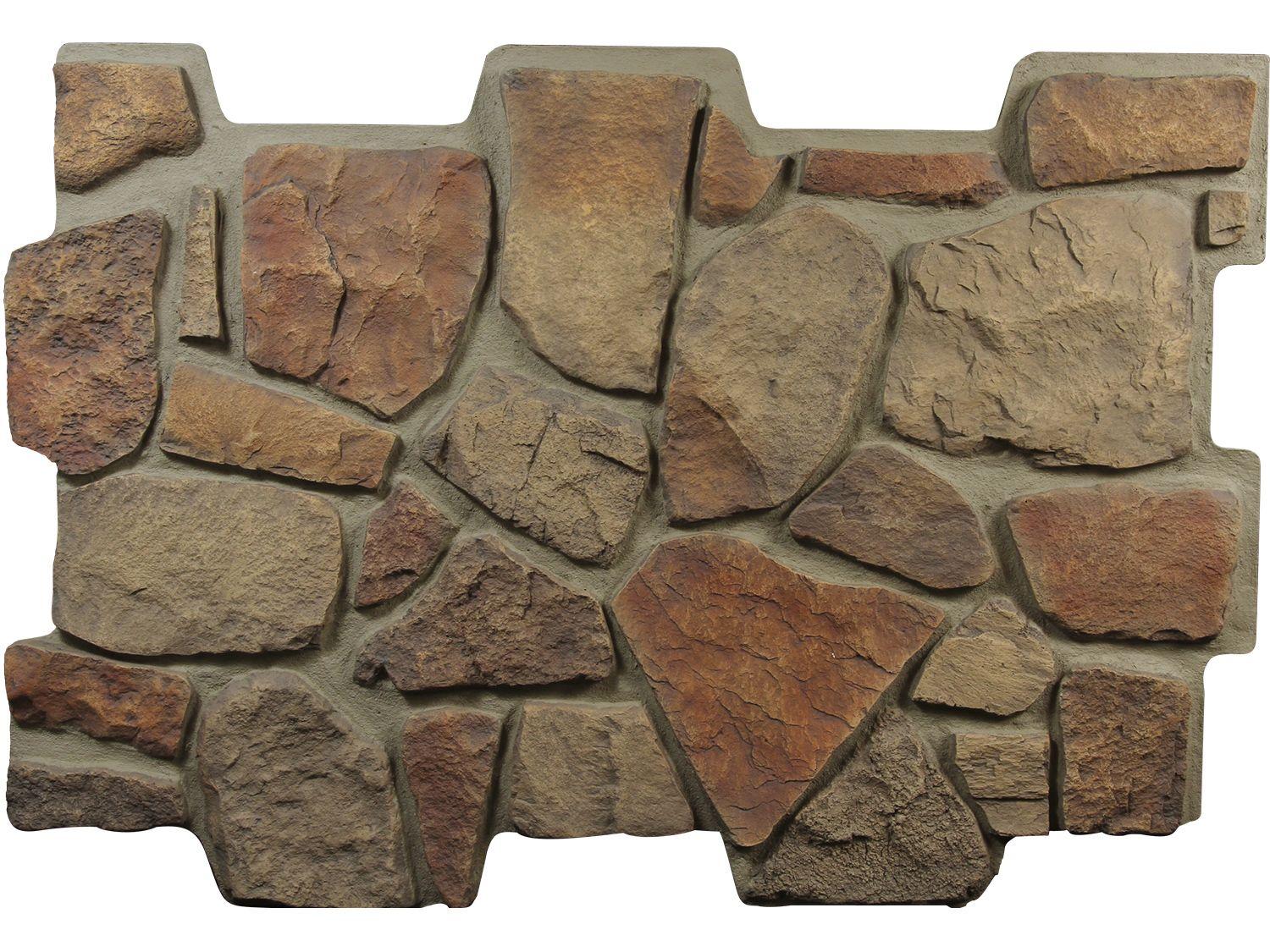
Brick or stone:
If you desire a bold and dramatic statement, exposed brick or stone walls can add incredible texture and character to a space.
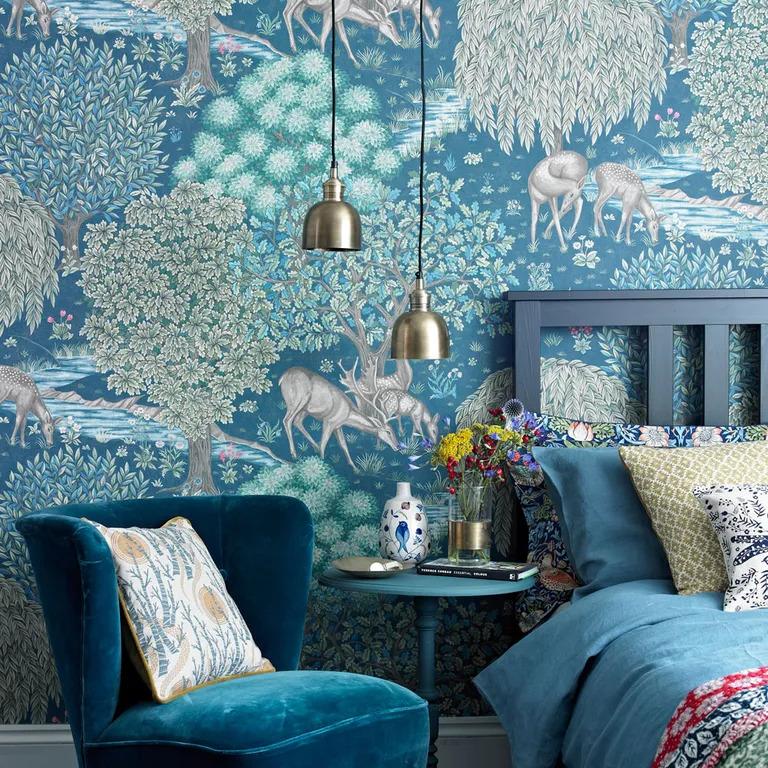
Choosing the Right Texture for Your Space
When selecting a textured wall design, consider the following factors:
- Room size and layout: In small spaces, subtle textures can prevent the room from feeling overwhelming. Larger rooms can accommodate bolder and more dramatic textures.
- Style and decor: The texture should complement the overall style of the room. For example, a modern space might benefit from clean, geometric textures, while a bohemian-inspired room could embrace organic and natural textures.
Maintenance: Some textured walls require more maintenance than others. Consider the level of care you're willing to put into maintaining the wall's appearance.
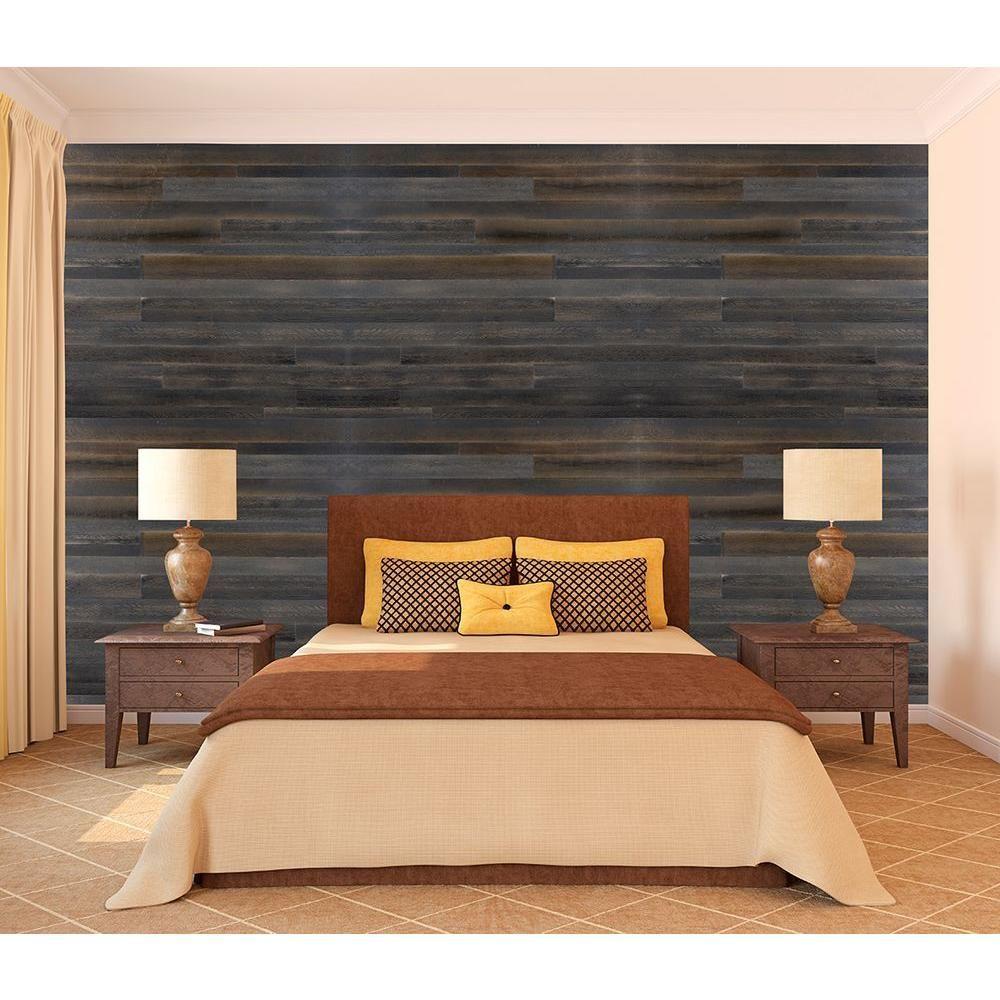
Incorporating Textured Walls into Your Home
Textured walls can be used in various areas of your home:
- Living room: Create a focal point with a textured accent wall behind the sofa or fireplace.
- Bedroom: Add a touch of luxury with a textured headboard wall or a textured accent wall in the seating area.
- Dining room: Create a dramatic backdrop for your dining table with a textured feature wall.
- Home office: Improve acoustics and add visual interest with textured walls in your home office.
Bathroom: Introduce a spa-like ambiance with textured walls in neutral tones.
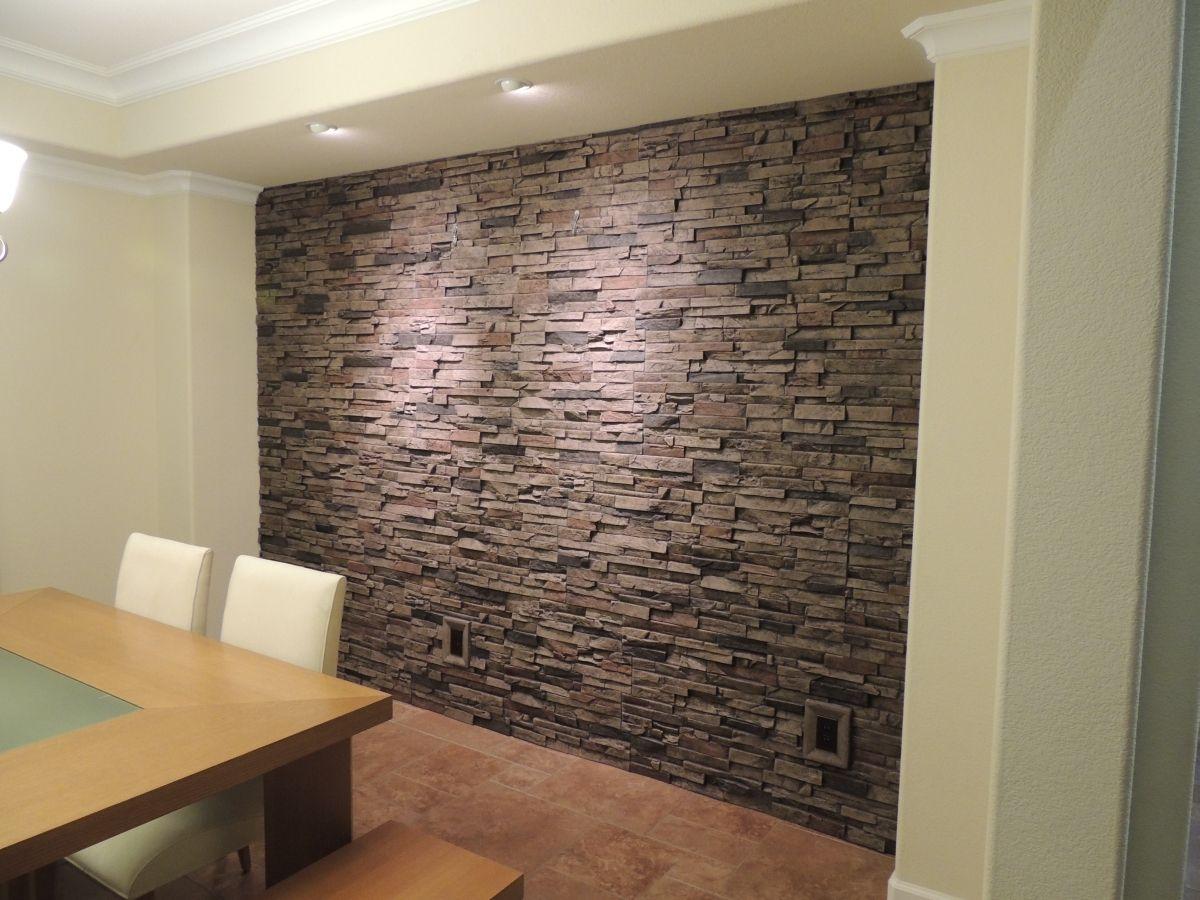
Conclusion
Textured wall design is a powerful tool for transforming any space. By carefully considering the type of texture, its placement, and the overall style of the room, you can create stunning and captivating interiors. Embrace the endless possibilities of textured walls and let your creativity shine!
Recently Published
loves or pursues or

.jpg)



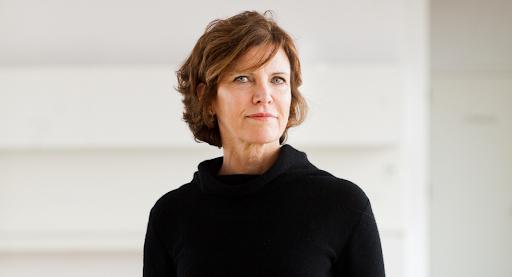
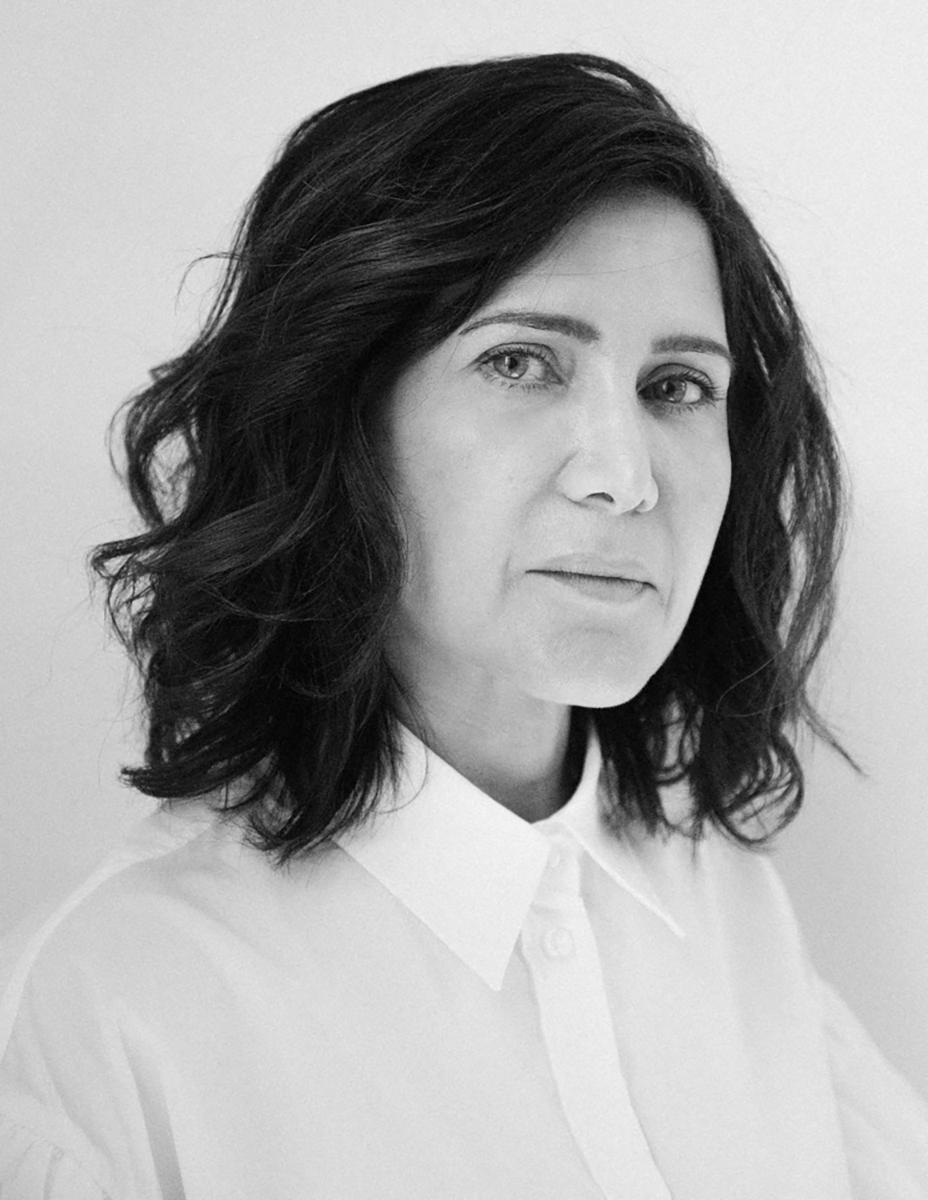

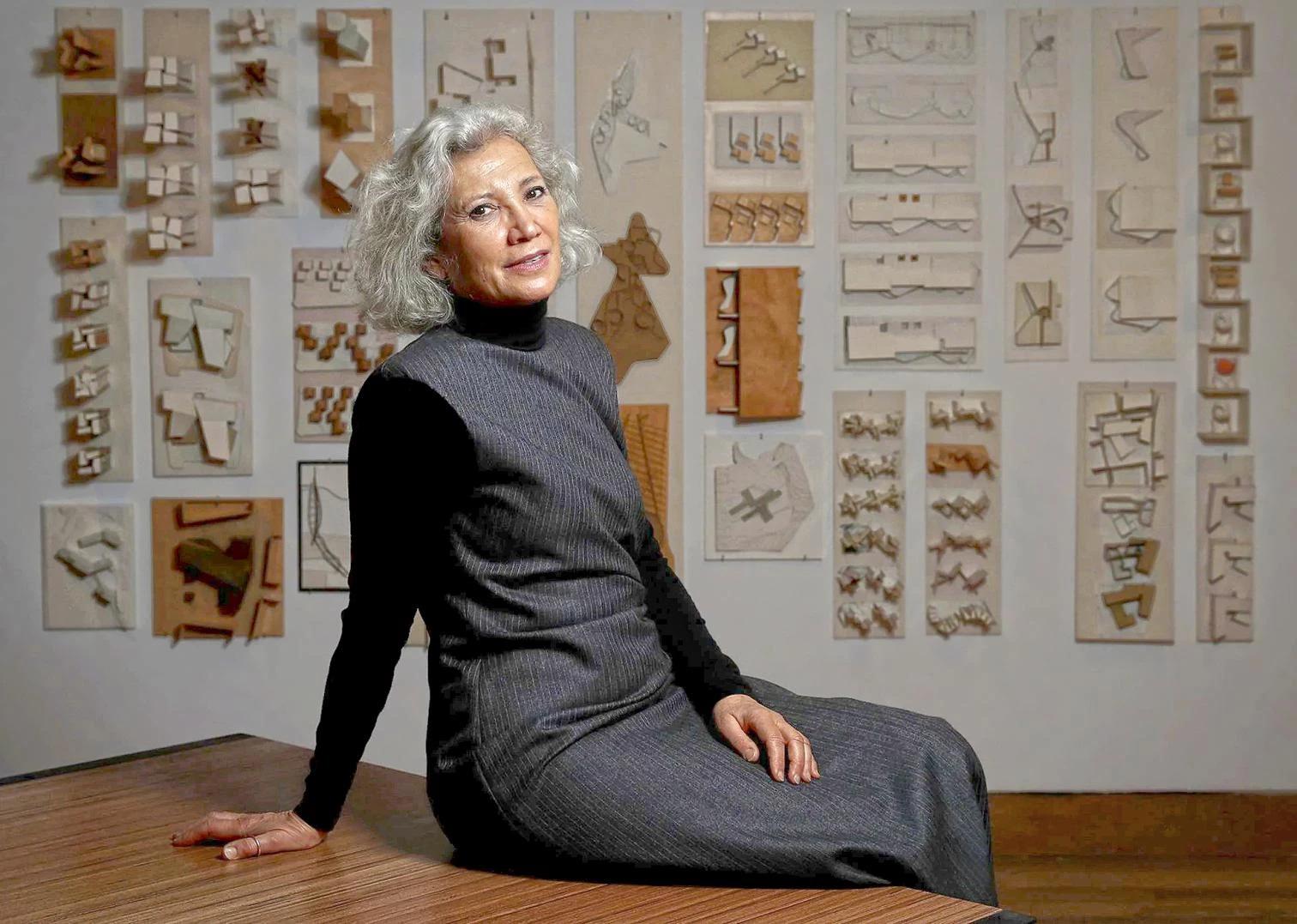
.jpg)